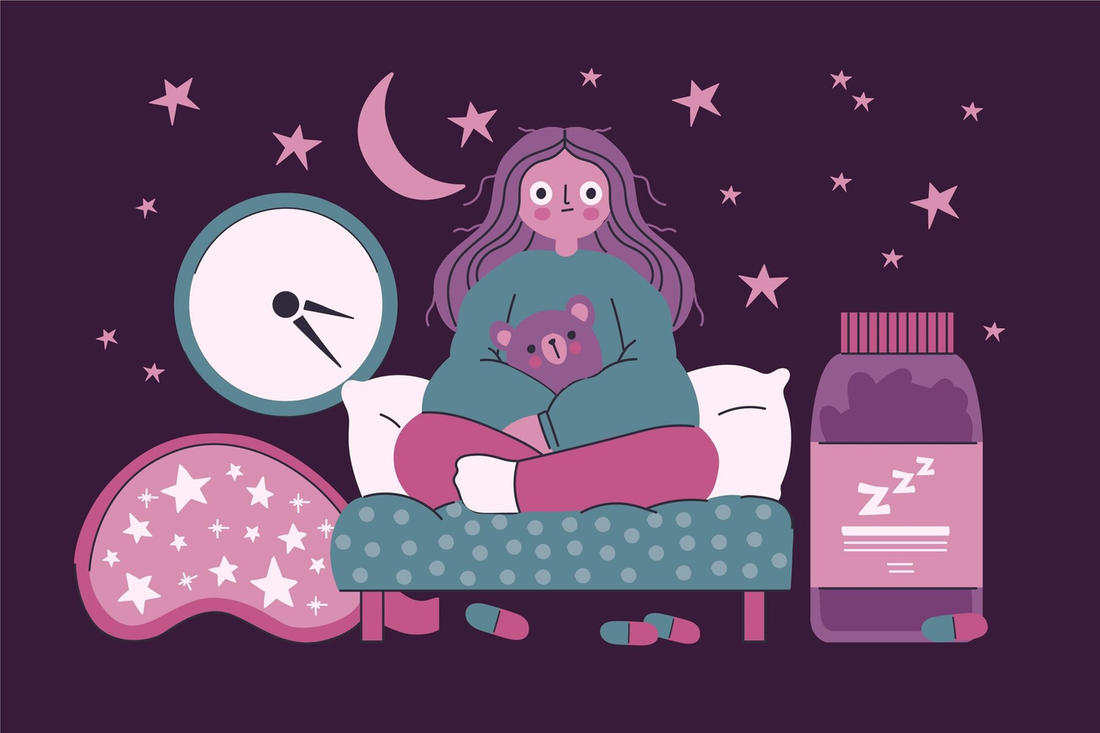A good night's sleep is essential for physical and mental health. However, many people struggle with achieving the quality rest they need. One effective way to enhance sleep quality is by creating a healthy sleep environment. Here’s how you can transform your bedroom into a sleep sanctuary.
Understanding the Importance of a Healthy Sleep Environment
1. Why It Matters:
The environment in which you sleep significantly impacts your ability to fall asleep, stay asleep, and wake up feeling refreshed. Factors such as light, noise, temperature, and comfort all play a role in sleep quality.
2. Health Benefits:
A healthy sleep environment can lead to better sleep, which in turn improves mood, cognitive function, and overall health. It can also reduce the risk of chronic conditions such as heart disease, diabetes, and obesity.
Tips for Creating a Sleep-Friendly Bedroom
1. Optimize Your Bedroom Layout:
Arrange your bedroom to promote relaxation and comfort. Keep it clutter-free and ensure that your bed is the focal point. A well-organized space can help reduce stress and create a calming atmosphere.
2. Invest in a Quality Mattress and Pillows:
Your bed should provide the right support and comfort. Invest in a mattress and pillows that suit your sleep preferences and needs. A good mattress can prevent aches and pains, while the right pillow can support proper spinal alignment.
3. Control the Lighting:
Light exposure can affect your sleep-wake cycle. Use blackout curtains or shades to block out external light, and consider using dimmable lights or a bedside lamp with a warm glow to create a relaxing ambiance before bedtime.
4. Regulate the Temperature:
Keep your bedroom at a comfortable temperature. Most people sleep best in a cool environment, around 60-67 degrees Fahrenheit (15-19 degrees Celsius). Use fans, air conditioning, or heaters as needed to maintain the ideal temperature.
5. Minimize Noise:
Noise can disrupt sleep and make it difficult to fall asleep or stay asleep. Use earplugs, a white noise machine, or soft music to block out disruptive sounds. Ensure that your bedroom is a quiet and peaceful space.
6. Choose the Right Bedding:
Soft, breathable bedding can enhance comfort and promote better sleep. Opt for natural fabrics like cotton or linen, which are breathable and help regulate body temperature.
7. Incorporate Calming Scents:
Aromatherapy can promote relaxation and improve sleep quality. Use essential oils such as lavender, chamomile, or eucalyptus in a diffuser to create a calming atmosphere.
8. Limit Screen Time:
The blue light emitted by screens can interfere with your sleep-wake cycle. Avoid using electronic devices such as smartphones, tablets, or computers at least an hour before bed. Instead, engage in relaxing activities like reading or listening to soothing music.
9. Establish a Sleep Routine:
A consistent sleep schedule helps regulate your body's internal clock. Go to bed and wake up at the same time every day, even on weekends. Establishing a bedtime routine, such as taking a warm bath or practicing gentle yoga, can signal to your body that it's time to wind down.
10. Personalize Your Space:
Your bedroom should reflect your personal style and preferences. Surround yourself with items that make you feel calm and happy, such as photographs, plants, or artwork. Personal touches can create a sense of comfort and relaxation.




